2018 is set to be the fourth warmest on record, according to the World Meteorological Organization (WMO) which found that extreme weather this year due to climate change left a trail of devastation across the globe.
2018 is expected to be the fourth-warmest year on record for the Earth according to the United Nations’ World Meteorological Organization annual report. Even more concerning, the organization predicts a 5- to 9-degree temperature rise by the end of the century.
Based on five separate data sets that keep track of the Earth’s climate, the global average temperature for the first 10 months of 2018 was about 1.8 degrees above what it was in the late 1800s. That was when industry started to emit large amounts of greenhouse gases into the atmosphere.
Scientists say the cooling effect of the La Niña weather phenomenon kept temperatures a bit suppressed in 2018. Should a weak El Niño occur in 2019 as predicted, global temperatures next year will likely rise above what we’ve seen in 2018.
The past four years being the warmest in 138-years of climate record keeping. Other tell-tale signs of climate change, including sea level rise, ocean heat, and acidification and sea-ice and glacier melt continue, whilst extreme weather caused devastation on all continents, according to a WMO statement.
“Greenhouse gas concentrations are once again at record levels and if the current trend continues we may see temperature increases of from 5.4 to 9 degrees by the end of the century”
“If we exploit all known fossil fuel resources, the temperature rise will be considerably higher,”
– WMO Secretary-General Petteri Taalas said in a statement.
Other findings reported by the WMO:
Greenhouse gases
Levels of carbon dioxide, methane and nitrous oxide concentrations reached new highs in 2017, according to WMO Greenhouse Gas Bulletin. Data from a number of locations, including Mauna Loa in Hawaii and Cape Grim in Tasmania, indicate that they continued to increase in 2018.
Oceans
The world’s oceans absorb 90 percent of the energy trapped by greenhouse gases and 25 percent of CO2 emissions, which is making our oceans warmer and more acidic. For the first three quarters of 2018, ocean heat content was the highest or second highest on record. Sea levels rose 2 to 3 millimeters higher than the same period in 2017.
Sea Ice
Record-low levels of Arctic sea ice extent were reported in the first two months of 2018. March saw its third-lowest annual maximum sea ice extent. The annual minimum extent occurred in late February and was ranked as one of the two lowest extents.
Extreme Weather
Tropical Storms were above average, with 70 reported in the four Northern Hemisphere basins, up from the long-term average of 53. Flooding, heat waves, drought and wildfires all contributed to thousands of deaths worldwide in 2018.

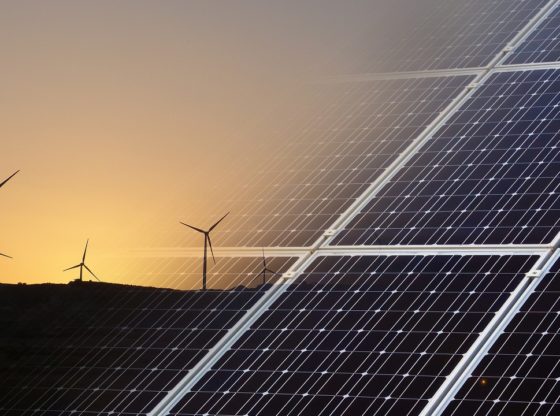

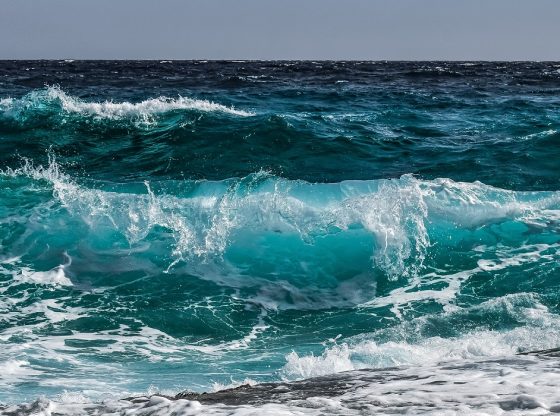
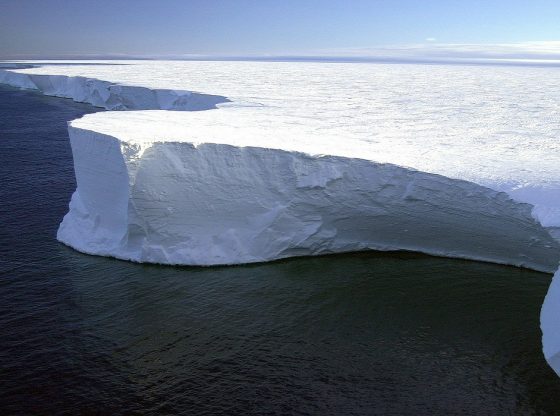

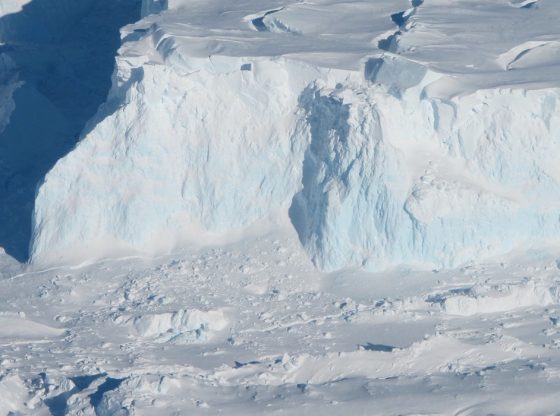
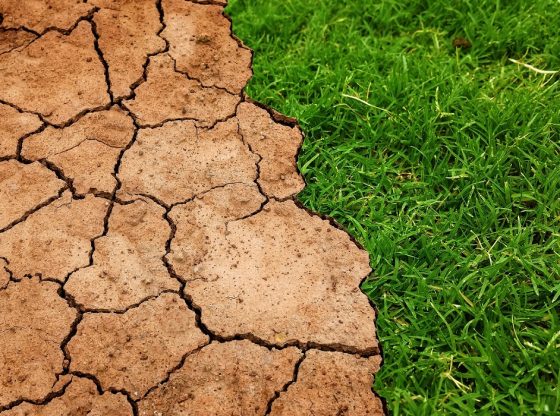
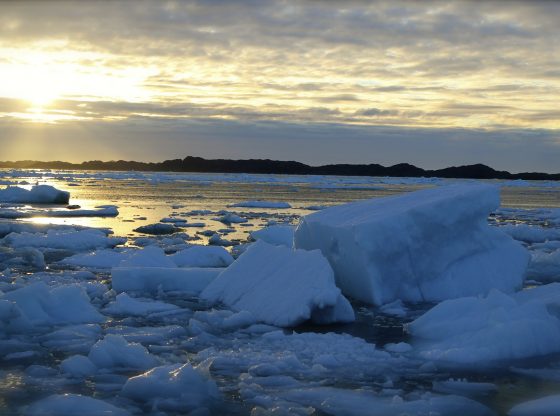

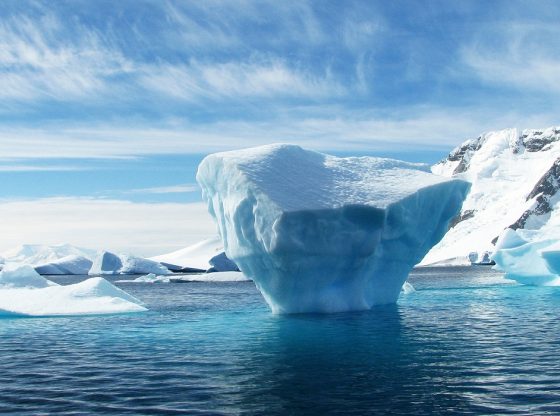
![OpenAI. (2025). ChatGPT [Large language model]. https://chatgpt.com](https://www.illustratedcuriosity.com/files/media/55136/b1b0b614-5b72-486c-901d-ff244549d67a-350x260.webp)
![OpenAI. (2025). ChatGPT [Large language model]. https://chatgpt.com](https://www.illustratedcuriosity.com/files/media/55124/79bc18fa-f616-4951-856f-cc724ad5d497-350x260.webp)
![OpenAI. (2025). ChatGPT [Large language model]. https://chatgpt.com](https://www.illustratedcuriosity.com/files/media/55099/2638a982-b4de-4913-8a1c-1479df352bf3-350x260.webp)








